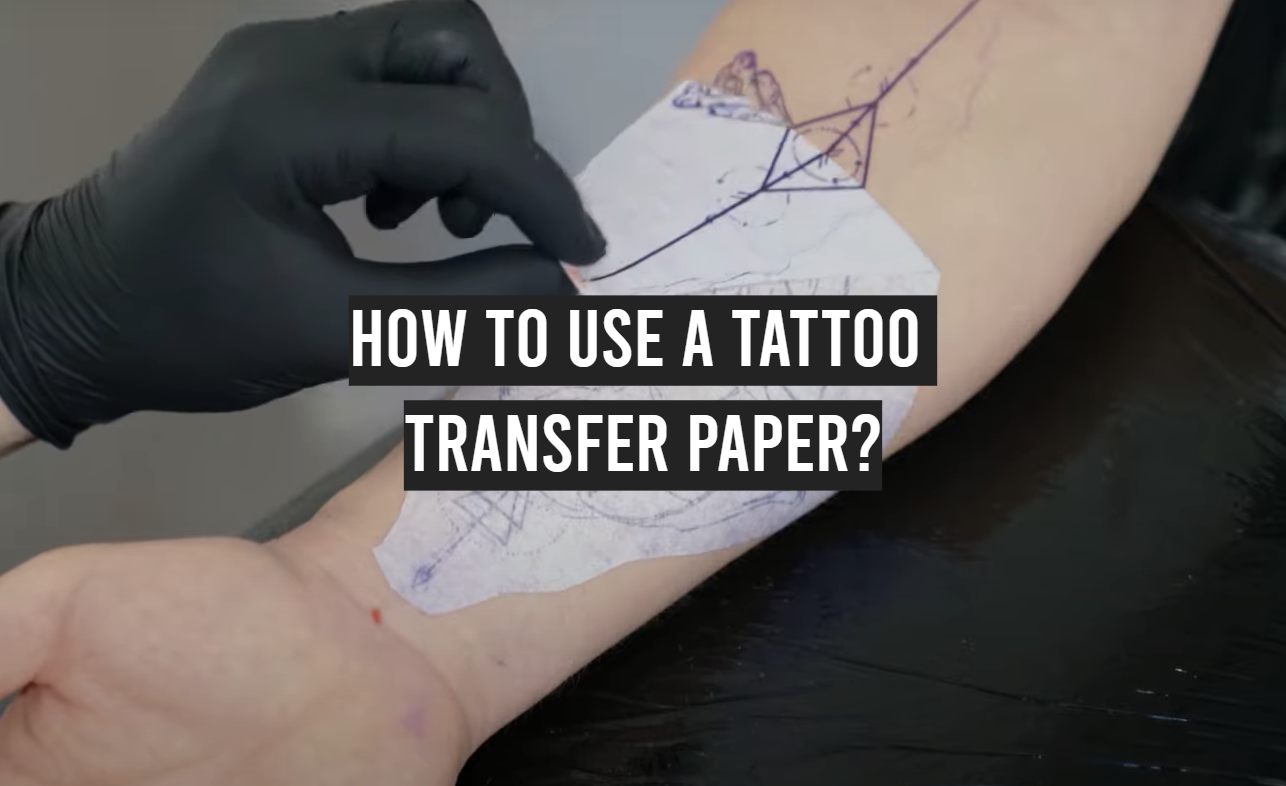The Art Of Tattoo Design Transfer: A Comprehensive Guide To Tattoo Transfer Paper
The Art of Tattoo Design Transfer: A Comprehensive Guide to Tattoo Transfer Paper
With a sharp focus, we critically examine the compelling issue surrounding The Art of Tattoo Design Transfer: A Comprehensive Guide to Tattoo Transfer Paper. We will present in-depth insights and offer innovative angles.
Video about The Art of Tattoo Design Transfer: A Comprehensive Guide to Tattoo Transfer Paper
The Art of Tattoo Design Transfer: A Comprehensive Guide to Tattoo Transfer Paper

Tattooing has been a form of self-expression and artistry for centuries. With the rise of modern tattooing, the need for precise and efficient design transfer methods has become increasingly important. One of the most popular and widely used methods is tattoo design transfer paper. In this article, we will delve into the world of tattoo transfer paper, exploring its history, benefits, types, and usage.
History of Tattoo Transfer Paper
The concept of tattoo transfer paper dates back to the early 20th century, when tattoo artists began using a process called "stencil" or "thermofax" to transfer designs onto the skin. This method involved tracing the design onto a sheet of paper, which was then placed on the skin and transferred using heat and pressure. However, this method had its limitations, including the risk of inaccuracies and the difficulty of achieving fine details.
The development of modern tattoo transfer paper in the 1970s revolutionized the industry. This new paper was designed specifically for tattooing and featured a specialized coating that allowed for precise and accurate transfers. The paper was easy to use, versatile, and produced high-quality results.
Benefits of Tattoo Transfer Paper
Tattoo design transfer paper offers numerous benefits to tattoo artists and clients alike. Some of the most significant advantages include:
- Accuracy: Tattoo transfer paper ensures that the design is transferred accurately and precisely onto the skin. This minimizes the risk of errors and ensures that the final result matches the original design.
- Efficiency: The transfer process is quick and easy, allowing tattoo artists to focus on the actual tattooing process rather than spending time tracing and transferring designs.
- Convenience: Tattoo transfer paper is widely available and can be used in any tattoo studio or setting.
- Flexibility: The paper can be used to transfer designs of varying complexity and size, making it an ideal solution for tattoos of all kinds.
- Hygiene: Tattoo transfer paper is disposable and eliminates the risk of cross-contamination between clients.
Types of Tattoo Transfer Paper
There are several types of tattoo transfer paper available on the market, each with its own unique characteristics and benefits. Some of the most common types include:
- Thermal Transfer Paper: This is the most widely used type of tattoo transfer paper. It features a thermal coating that allows the design to be transferred onto the skin using heat and pressure.
- Electrostatic Transfer Paper: This type of paper uses electrostatic charges to transfer the design onto the skin. It is often used for intricate designs and fine details.
- Carbon Transfer Paper: This type of paper uses a carbon-based coating to transfer the design onto the skin. It is often used for simple designs and is a cost-effective option.
- Vellum Transfer Paper: This type of paper is designed for intricate and detailed designs. It features a smooth, translucent surface that allows for precise transfers.
Using Tattoo Transfer Paper
Using tattoo transfer paper is a straightforward process that requires minimal training and expertise. Here’s a step-by-step guide to using tattoo transfer paper:
- Prepare the Design: Create the design using a computer-aided design (CAD) software or draw it by hand.
- Print the Design: Print the design onto the tattoo transfer paper using a thermal printer or photocopier.
- Prepare the Skin: Prepare the skin for tattooing by cleaning and disinfecting the area.
- Apply the Transfer: Place the transfer paper onto the skin, ensuring that it is aligned properly and smooth out any air bubbles or wrinkles.
- Transfer the Design: Use a thermal printer or heat press to transfer the design onto the skin.
Closure
We trust this article has added valuable insights about The Art of Tattoo Design Transfer: A Comprehensive Guide to Tattoo Transfer Paper. We appreciate your attention to this content. Until the next article!.

